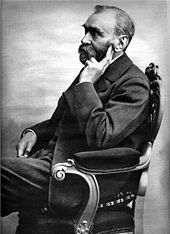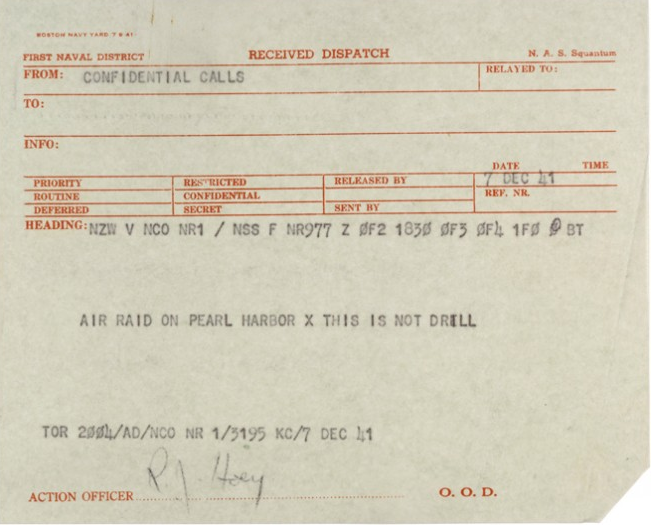This is your morning Open Thread. Pour your favorite beverage and review the past and comment on the future.
Find the past “On This Day in History” here.
December 14 is the 348th day of the year (349th in leap years) in the Gregorian calendar. There are 17 days remaining until the end of the year.
On this day in 1995, the Dayton Agreement is signed in Paris.
The General Framework Agreement for Peace in Bosnia and Herzegovina, also known as the Dayton Agreement, Dayton Accords, Paris Protocol or Dayton-Paris Agreement, is the peace agreement reached at Wright-Patterson Air Force Base near Dayton, Ohio in November 1995, and formally signed in Paris on December 14, 1995. These accords put an end to the three and a half year long war in Bosnia, one of the armed conflicts in the former Socialist Federative Republic of Yugoslavia. Some articles erroneously refer to the agreement as the Treaty of Dayton.
Though the basic concepts of the Dayton Agreement began to appear in international talks since 1992, the negotiations were initiated following the unsuccessful previous peace efforts and arrangements, the August 1995 Croatian military Operation Storm and its aftermath, the government military offensive against the Republika Srpska, in concert with NATO’s Operation Deliberate Force. During September and October 1995, many of the world powers (especially the USA and Russia), gathered in the Contact Group, applied intense pressure to the leaders of the three sides to attend the negotiations in Dayton, Ohio.
The conference took place from November 1 to November 21, 1995. The main participants from the region were Serbian President Slobodan Milosevic (representing the Bosnian Serb interests due to absence of Karadzic), Croatian President Franjo Tudman, and Bosnian President Alija Izetbegovic with Bosnian Foreign Minister Muhamed Sacirbey.
The peace conference was led by U.S. Secretary of State Warren Christopher, and negotiator Richard Holbrooke with two Co-Chairmen in the form of EU Special Representative Carl Bildt and the First Deputy Foreign Minister of Russia Igor Ivanov. A key participant in the US delegation was General Wesley Clark (later to become NATO’s Supreme Allied Commander Europe (SACEUR) in 1997). The UK military representative was Col Arundell David Leakey (later to become Commander of EUFOR in 2005). The Public International Law & Policy Group (PILPG) served as legal counsel to the Bosnian Government delegation during the negotiations.
The secure site was chosen in a bid to curb the participants’ ability to negotiate in the media rather than at the bargaining table.
After having been initiated in Dayton, Ohio on November 21, 1995 the full and formal agreement was signed in Paris, France, on December 14, 1995 also by French President Jacques Chirac, U.S. President Bill Clinton, UK Prime Minister John Major, German Chancellor Helmut Kohl and Russian Prime Minister Viktor Chernomyrdin.
The present political divisions of Bosnia and Herzegovina and its structure of government were agreed upon as part the constitution that makes up Annex 4 of the General Framework Agreement concluded at Dayton. A key component of this was the delineation of the Inter-Entity Boundary Line, to which many of the tasks listed in the Annexes referred.
The agreement mandated a wide range of international organizations to monitor, oversee, and implement components of the agreement. The NATO-led IFOR (Implementation Force) was responsible for implementing military aspects of the agreement and deployed on the 20th December 1995, taking over the forces of the UNPROFOR.
Ironically, the chief architect of the Dayton Accord, Ambassador Richard Holbrooke, died yesterday, December 13, in Washington, DC. May he rest in peace.

 On this day in 1642,
On this day in 1642,  New Zealand is one of the most recently settled major landmasses. The first known settlers were Eastern Polynesians who, according to most researchers, arrived by canoe in about AD 1250-1300. Some researchers have suggested an earlier wave of arrivals dating to as early as AD 50-150; these people then either died out or left the islands. Over the following centuries these settlers developed into a distinct culture now known as Maori. The population was divided into iwi (tribes) and hapu (subtribes) which would cooperate, compete and sometimes fight with each other. At some point a group of Maori migrated to the Chatham Islands where they developed their distinct Moriori culture.
New Zealand is one of the most recently settled major landmasses. The first known settlers were Eastern Polynesians who, according to most researchers, arrived by canoe in about AD 1250-1300. Some researchers have suggested an earlier wave of arrivals dating to as early as AD 50-150; these people then either died out or left the islands. Over the following centuries these settlers developed into a distinct culture now known as Maori. The population was divided into iwi (tribes) and hapu (subtribes) which would cooperate, compete and sometimes fight with each other. At some point a group of Maori migrated to the Chatham Islands where they developed their distinct Moriori culture.
 On this day in 1946,
On this day in 1946,  In 1953,
In 1953,  On this day in 1901,
On this day in 1901, 
 The Joint Committee on the Conduct of the War was a
The Joint Committee on the Conduct of the War was a  John and I are in our Dakota kitchen in the middle of the night. Three cats – Sasha, Micha and Charo – are looking up at John, who is making tea for us two.
John and I are in our Dakota kitchen in the middle of the night. Three cats – Sasha, Micha and Charo – are looking up at John, who is making tea for us two.
Recent Comments